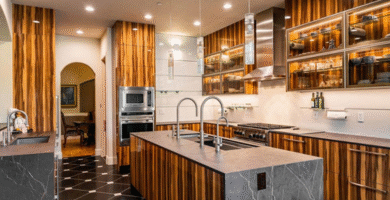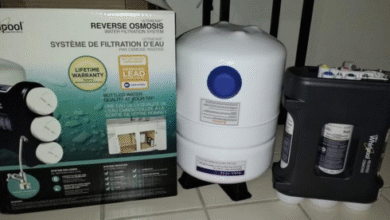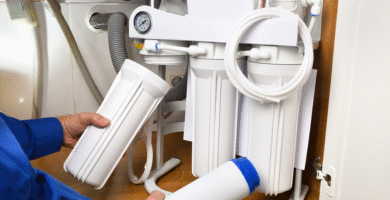Specialist Beds for Care Homes – Enhancing Comfort and Safety for Residents

When it comes to providing quality care in care homes, choosing the right furniture is essential. Among the critical pieces, specialist beds for care homes stand out as one of the most important investments. These beds offer a range of features specifically designed to support the needs of residents with limited mobility, chronic health conditions, or specific care requirements. From adjustable height functions to advanced safety mechanisms, specialist beds play a significant role in enhancing both the comfort and well-being of elderly or disabled residents.
Key Features of Specialist Beds for Care Homes
Specialist beds come with unique features that differentiate them from standard beds. Here are some essential characteristics that make these beds ideal for care homes:
- Height Adjustability
Specialist beds offer height adjustability to make it easier for caregivers to assist residents while reducing strain on their backs. This function is especially helpful for residents who have difficulty getting in and out of bed independently. Caregivers can raise the bed for tasks like changing bedding or providing medical care, then lower it for the resident’s comfort and ease. - Profiling Options
Profiling beds, commonly used in care settings, allow caregivers to adjust the head, foot, and overall position of the bed. These adjustments benefit residents with conditions such as respiratory issues, limited mobility, or circulatory problems, as they help to improve comfort and reduce risks like pressure ulcers or swelling in the legs. - Side Rails for Safety
Safety is a primary concern in care homes, and specialist beds are equipped with adjustable side rails to help prevent falls. For residents prone to rolling or moving unexpectedly in bed, these side rails provide a necessary barrier. Many specialist beds also feature the option to lower the rails when they are not needed, promoting resident independence while maintaining safety. - Built-in Emergency Systems
Modern specialist beds often include emergency lowering systems, enabling quick bed adjustments during critical situations. For example, in the event of a power outage, caregivers can still lower or raise the bed without using electric functions, ensuring that residents are safe in any scenario. - Comfortable Mattresses
Specialist beds are often paired with pressure-relieving mattresses, designed to reduce the risk of bedsores and pressure ulcers. These mattresses are made from high-density foam or gel materials, providing even weight distribution and optimal support for residents who spend extended periods in bed.
Benefits of Using Specialist Beds in Care Homes
Investing in specialist beds provides numerous advantages for both care home residents and staff.
- Enhanced Resident Comfort and Dignity
Specialist beds offer a level of comfort that standard beds can’t match. Adjustable features allow residents to find a comfortable position and maintain their independence to some degree. The beds also promote dignity by enabling residents to take part in daily routines with less physical discomfort. - Improved Safety for Residents and Staff
With advanced safety features, specialist beds reduce the risk of falls, improving overall safety for residents. For staff, adjustable height and emergency functions mean less physical strain, which can contribute to fewer workplace injuries and a better overall care environment. - Efficient Care Provision
Specialist beds streamline daily care routines, allowing caregivers to manage tasks more effectively. Height adjustability and positioning options make it easier to assist residents, administer medications, or provide basic medical care, ultimately allowing staff to deliver more attentive, personalized care.
Choosing the Right Specialist Beds for Your Care Home
When selecting specialist beds, it’s essential to assess the specific needs of your residents and caregivers. Here are some tips to consider:
- Evaluate Features Based on Resident Needs: Choose beds with adjustable height, profiling functions, and safety features that align with the mobility and health requirements of your residents.
- Prioritize Quality and Durability: High-quality beds may come at a higher initial cost, but they provide long-term reliability, reduce maintenance needs, and enhance resident safety and comfort over time.
- Consider Staff Preferences and Workflow: Engaging caregivers in the selection process can ensure that the beds chosen will support their workflow, minimizing strain and enhancing the efficiency of daily care routines.
Conclusion
Specialist beds are a vital investment for care homes, providing benefits that go beyond basic comfort. With features that enhance safety, improve resident mobility, and ease the workload for caregivers, these beds are designed to meet the specific needs of care home environments. By selecting high-quality specialist beds, care homes can create a safer, more comfortable living space that promotes the well-being and dignity of each resident.





